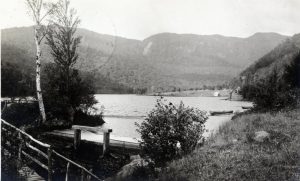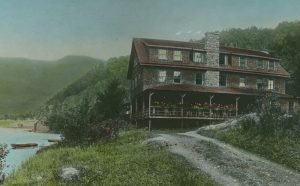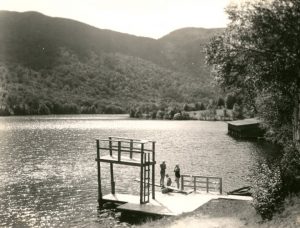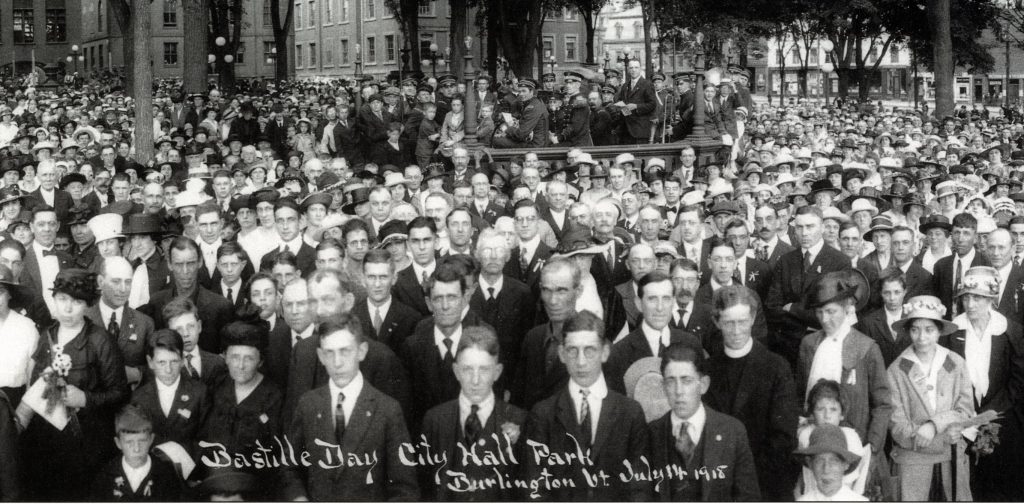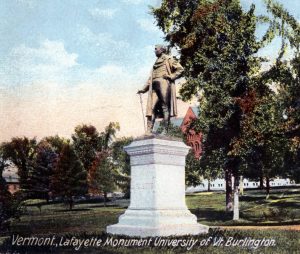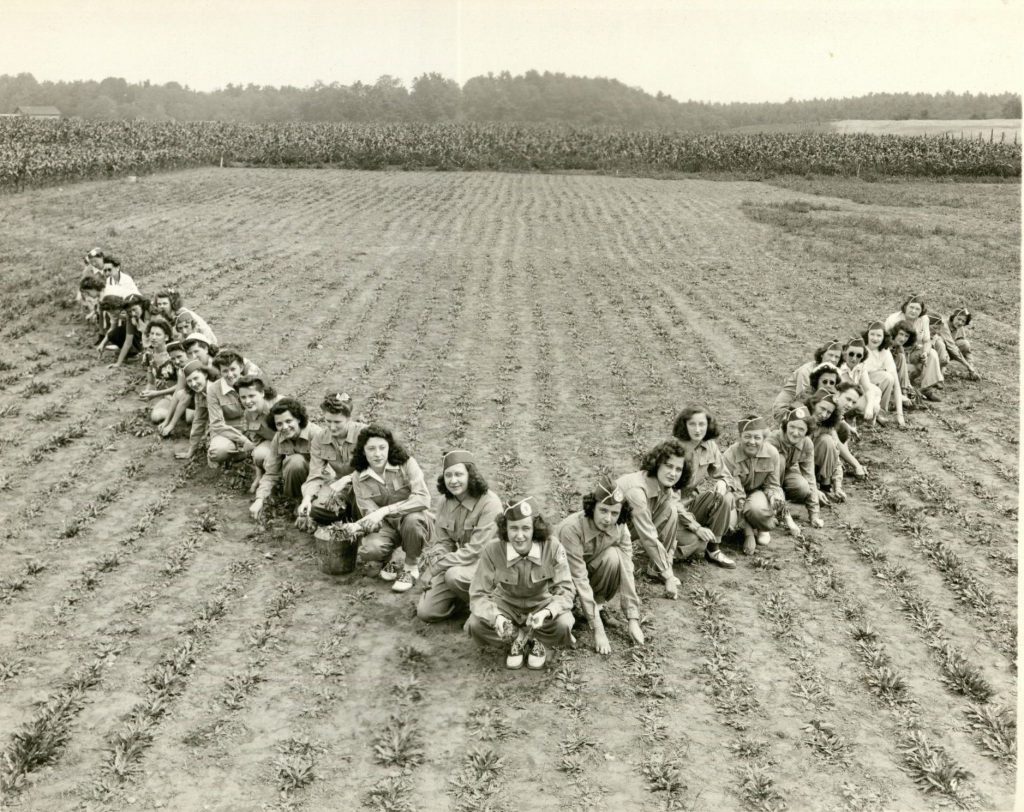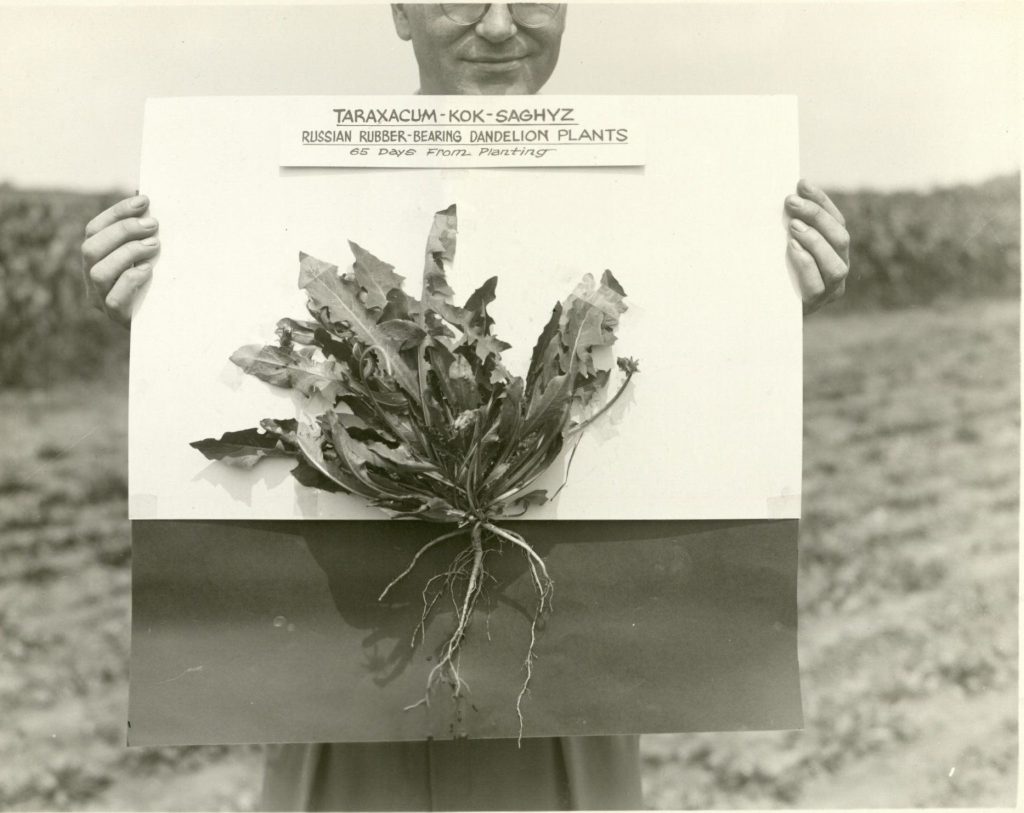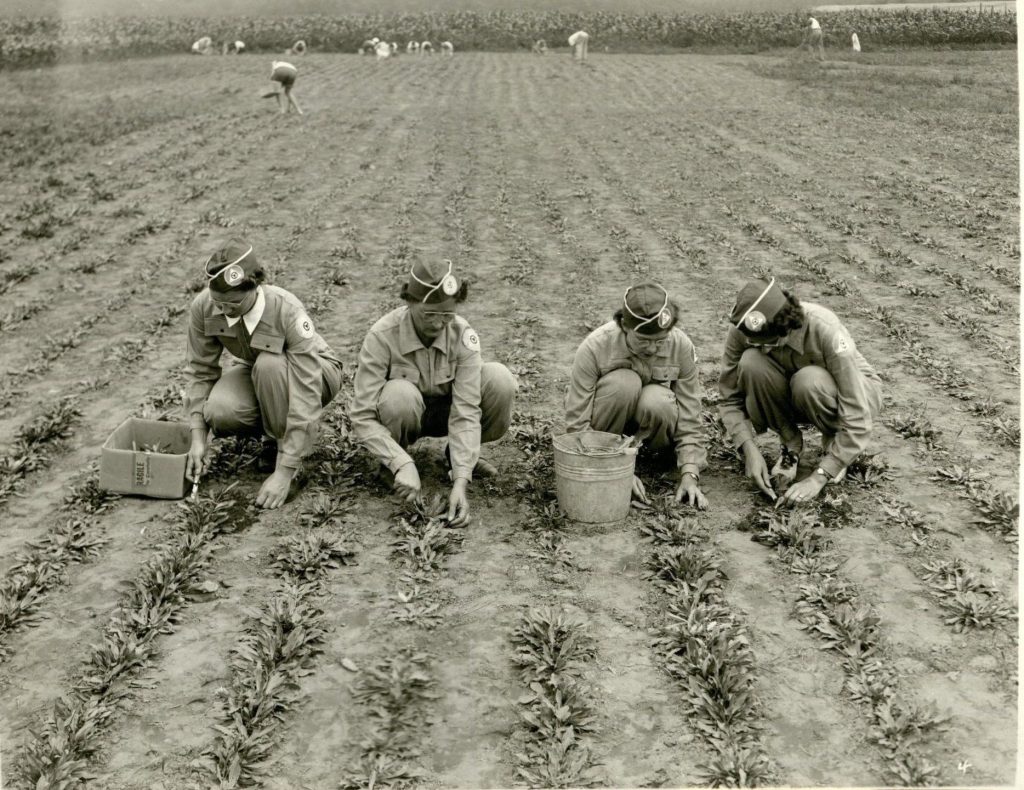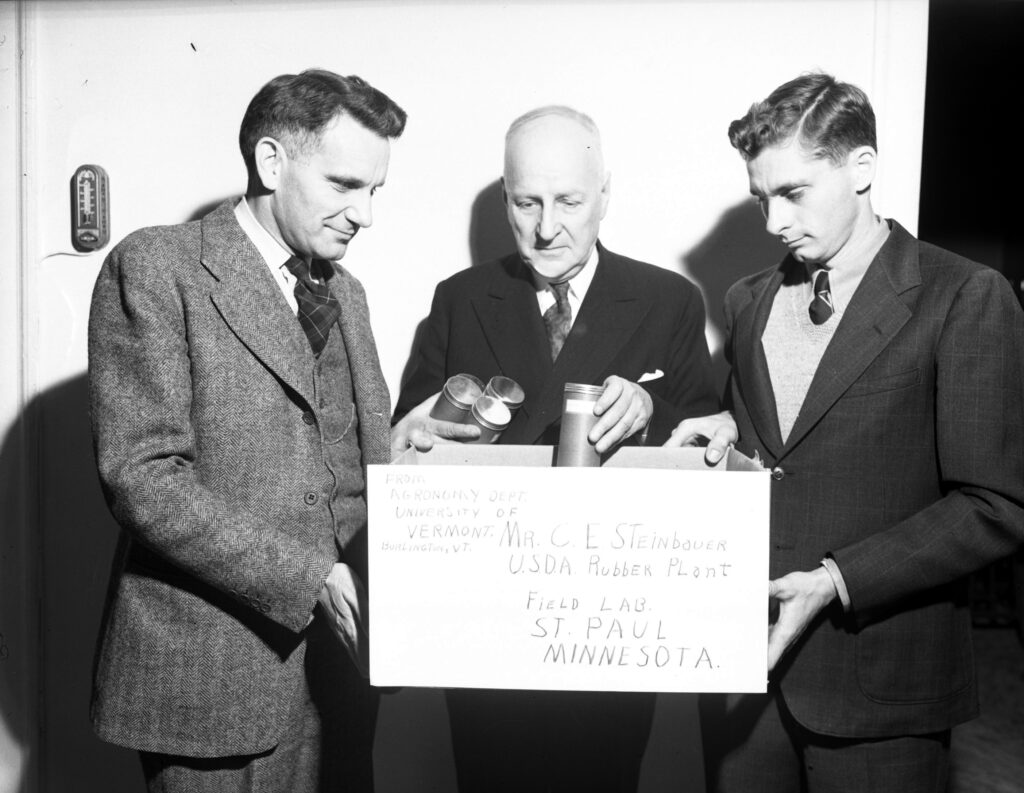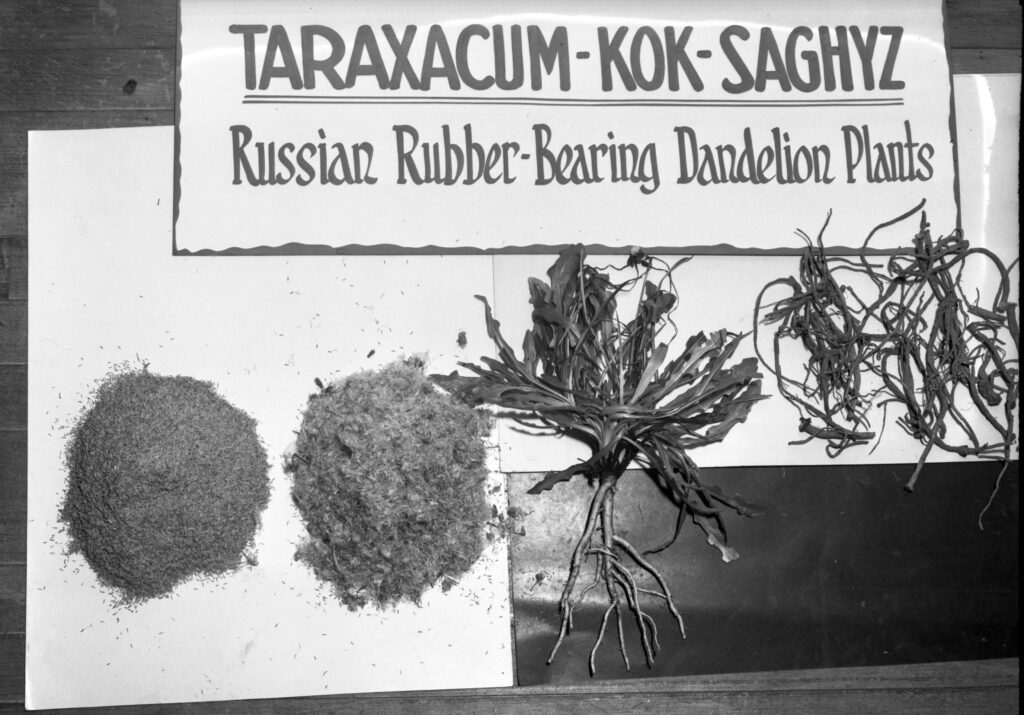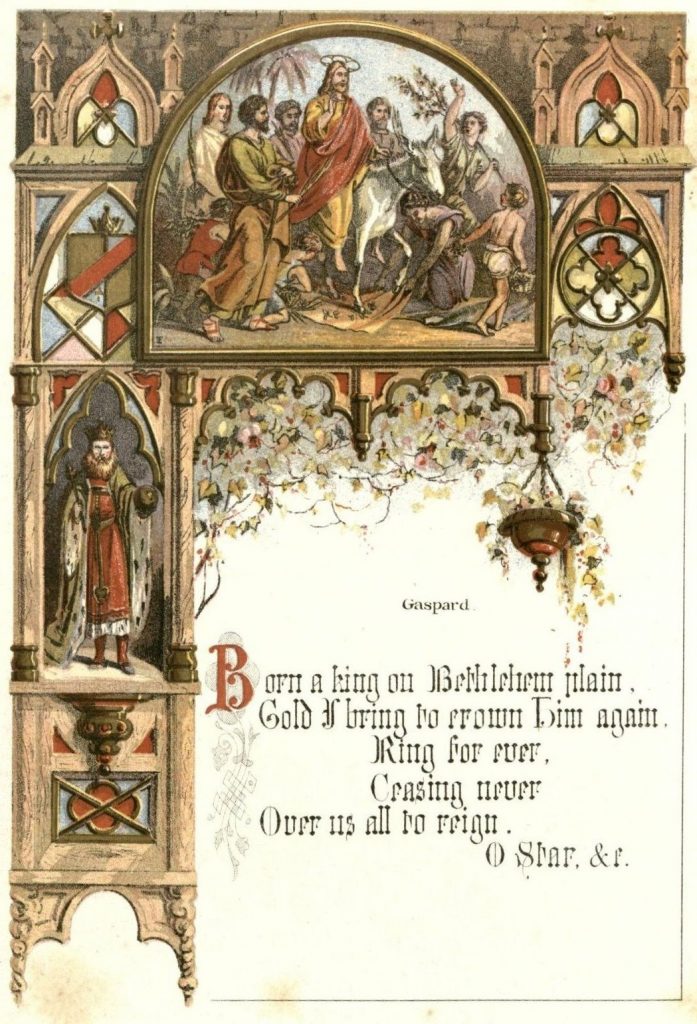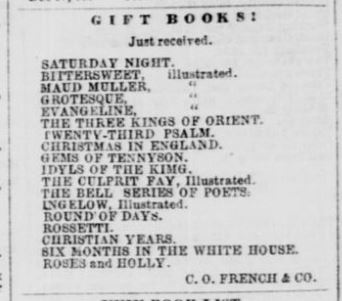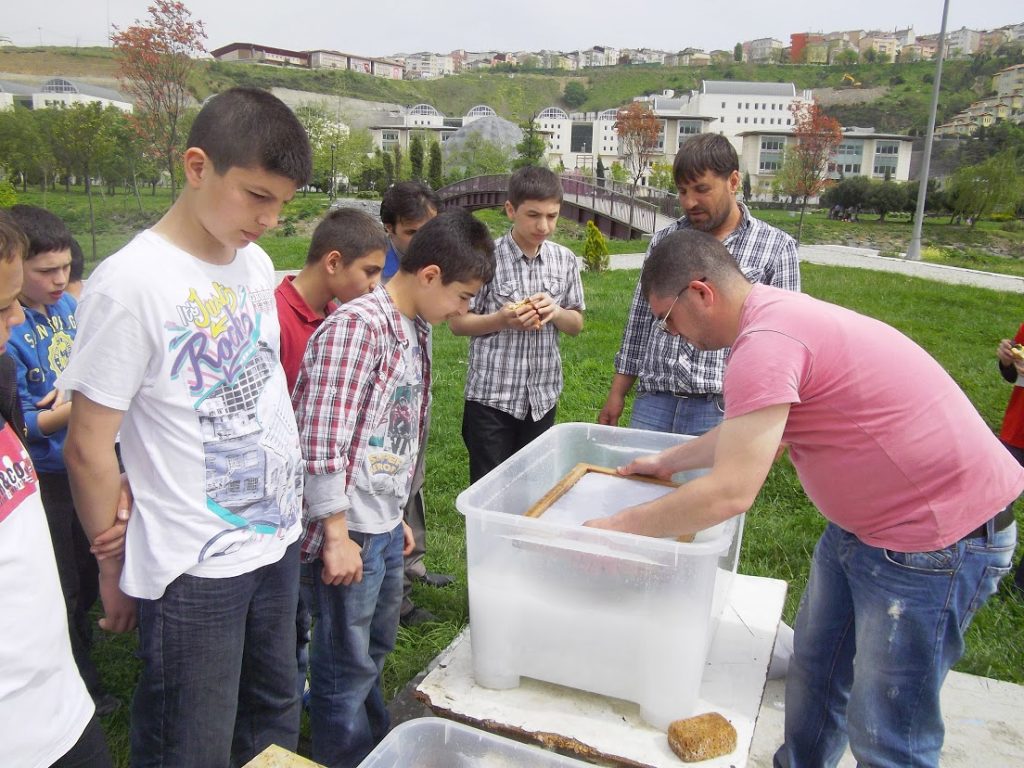We kicked off our fall programming on October 4 with two events. Chris Burns, Manuscripts Curator and University Archivist, participated in #AskAnArchivist Day, when archivists around the country answered questions tweeted with the hashtag #AskAnArchivist. Read highlights from Chris’s tweets, and learn which of our photos he would choose for an avatar. In the evening, students, faculty and community members filled the Special Collections reading room for the first presentation in the 2017-2018 College of Arts and Sciences Medieval Studies Lecture Series, Dartmouth professor Andrea Tarnowski’s presentation “On the Long Road of Learning with Christine de Pizan.”
We have three more events scheduled for the fall semester. All events are free and open to the public. They will be held in Special Collections, Bailey/Howe Library at UVM. For more information, call 802-656-1493 or email Special Collections. Please join us!
Drawing from the Past: A Nonfiction Comics Workshop
Friday, October 20, 2017, 10 am – 2 pm
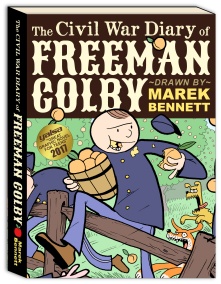
Marek Bennett’s graphic noel for teen readers.
NH teaching artist Marek Bennett will lead a hands-on nonfiction comics lab featuring materials from the Vermont Folklife Center and UVM Special Collections or materials that participants bring. Workshop participants will look at basic techniques of cartooning and comics creation, then try drawing original comics based on primary source texts. Discussions will address elements of readability, historical accuracy, point of view, research, and the responsibilities of the artist as an interpreter of historical narratives. Participants will each create 1+ pages of original comics drawn from primary source texts, and go home with the skills necessary to continue their work independently. The workshop is free and open to the public. Registration is required.
The workshop is presented in conjunction with the Pulp Culture Comic Arts Festival and Symposium that will be held at UVM October 19-21, 2017.
The Cultural Transformation of Vermont in the 1930s: A Complex Web of Archival Sources
Wednesday, October 25, 2017, 5:30 pm
UVM Professor of History Dona Brown will lecture on “The Cultural Transformation of Vermont in the 1930s: A Complex Web of Archival Sources.” Professor Brown’s presentation is part of a series organized by the Vermont Historical Records Advisory Board (VHRAB), for Archives Month, when archives and repositories around the nation highlight the importance of historic documents and records.
Hands On Artists’ Books with Vamp and Tramp, Booksellers
Friday, November 10, 2017, 10 am – 12 pm
Vamp & Tramp, Booksellers, which represents 400+ makers of contemporary fine press and artists’ books, will be showcasing current inventory. Drop in any time for this rare chance to look at and handle the best of today’s melding of art and books. Free and open to the public.


